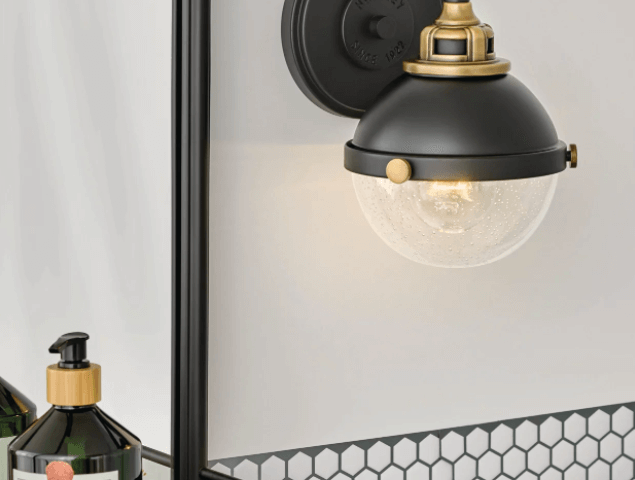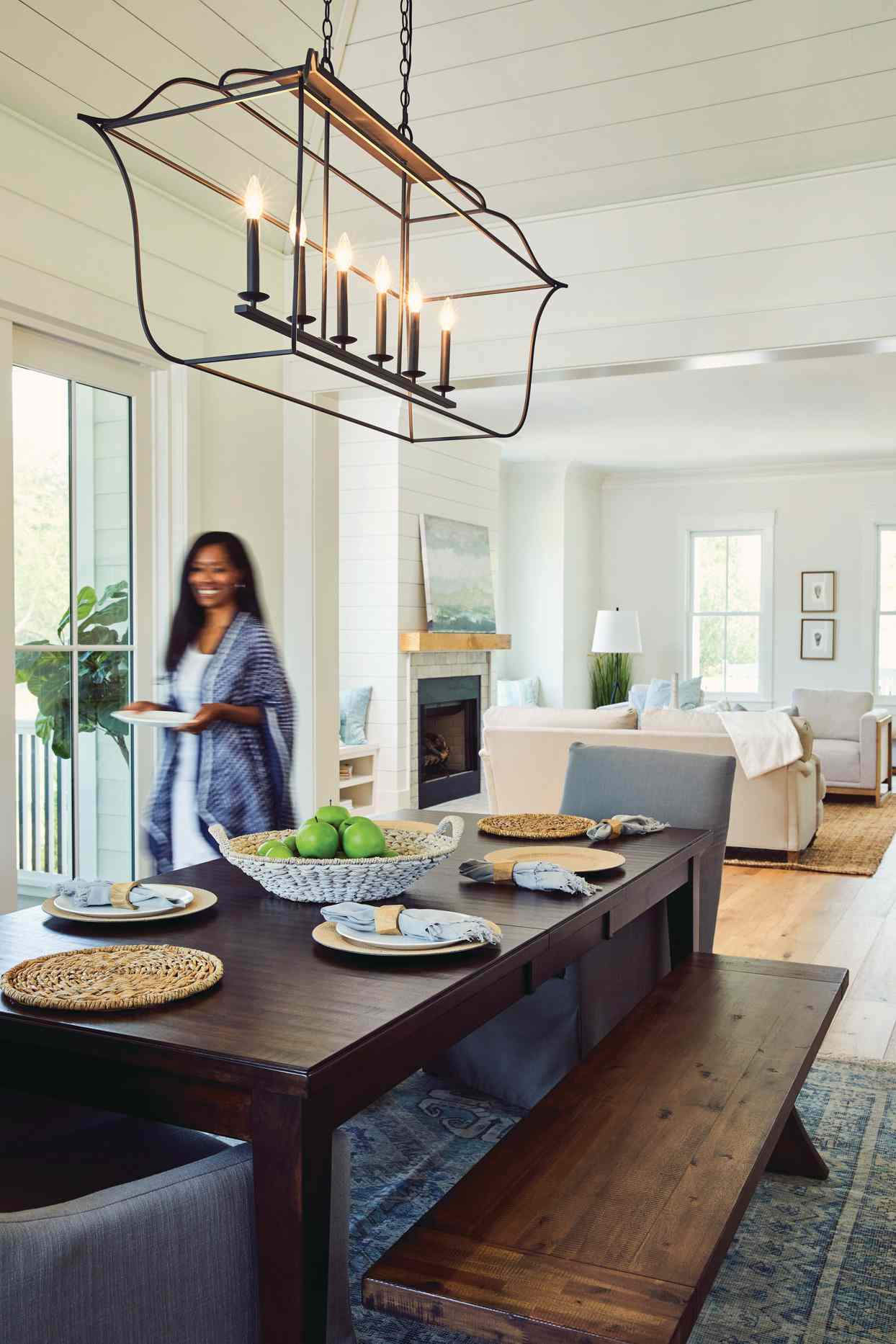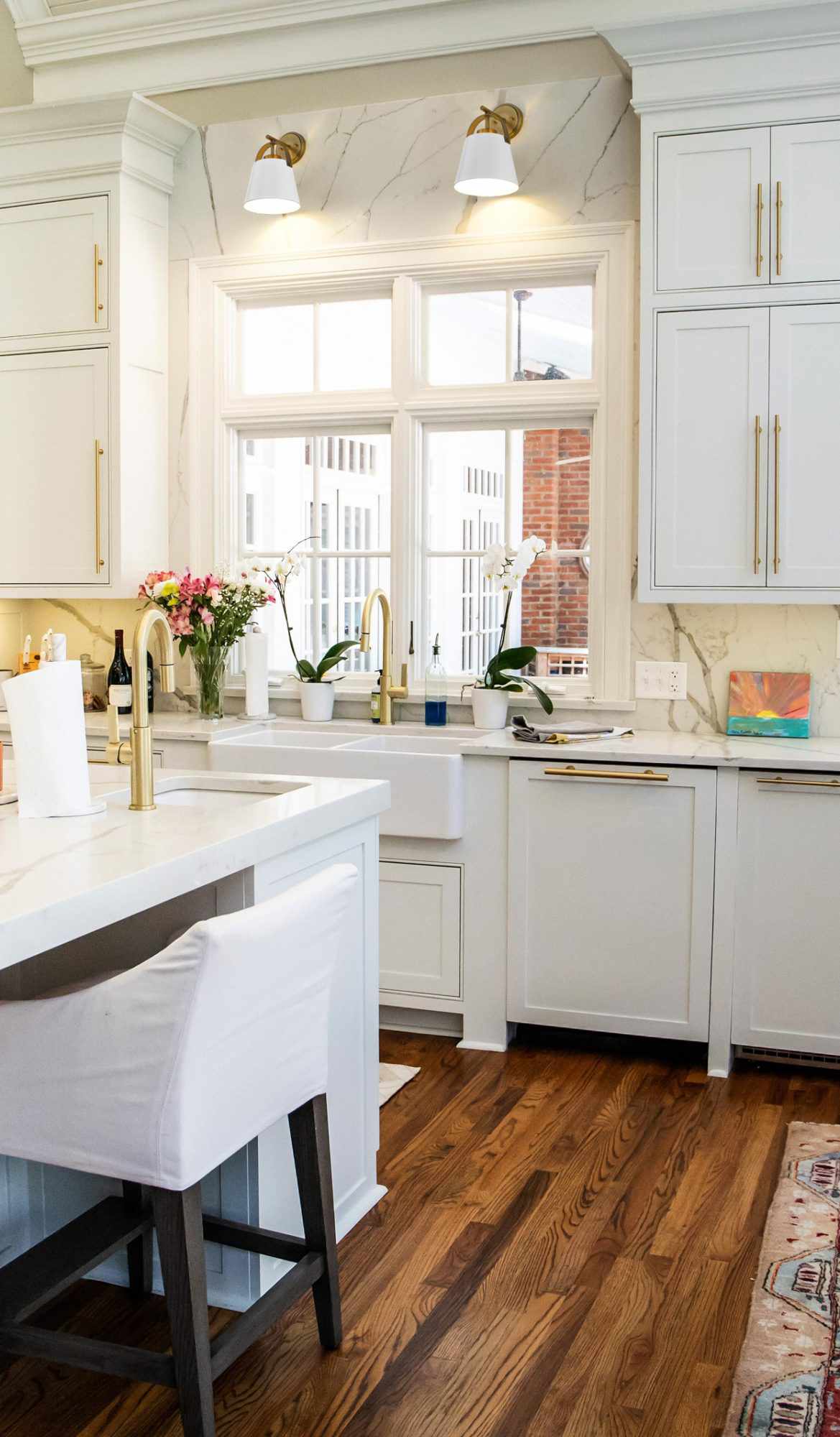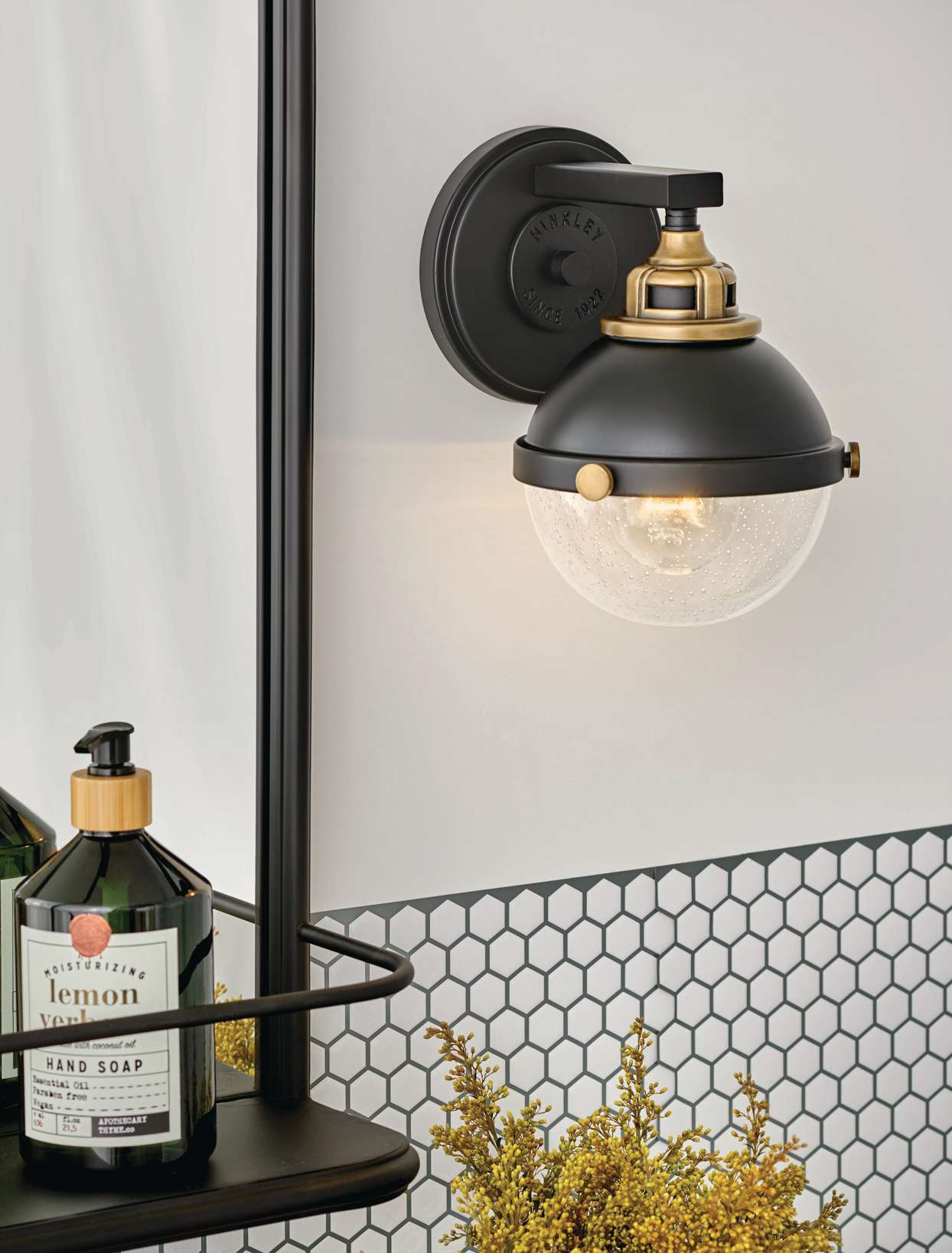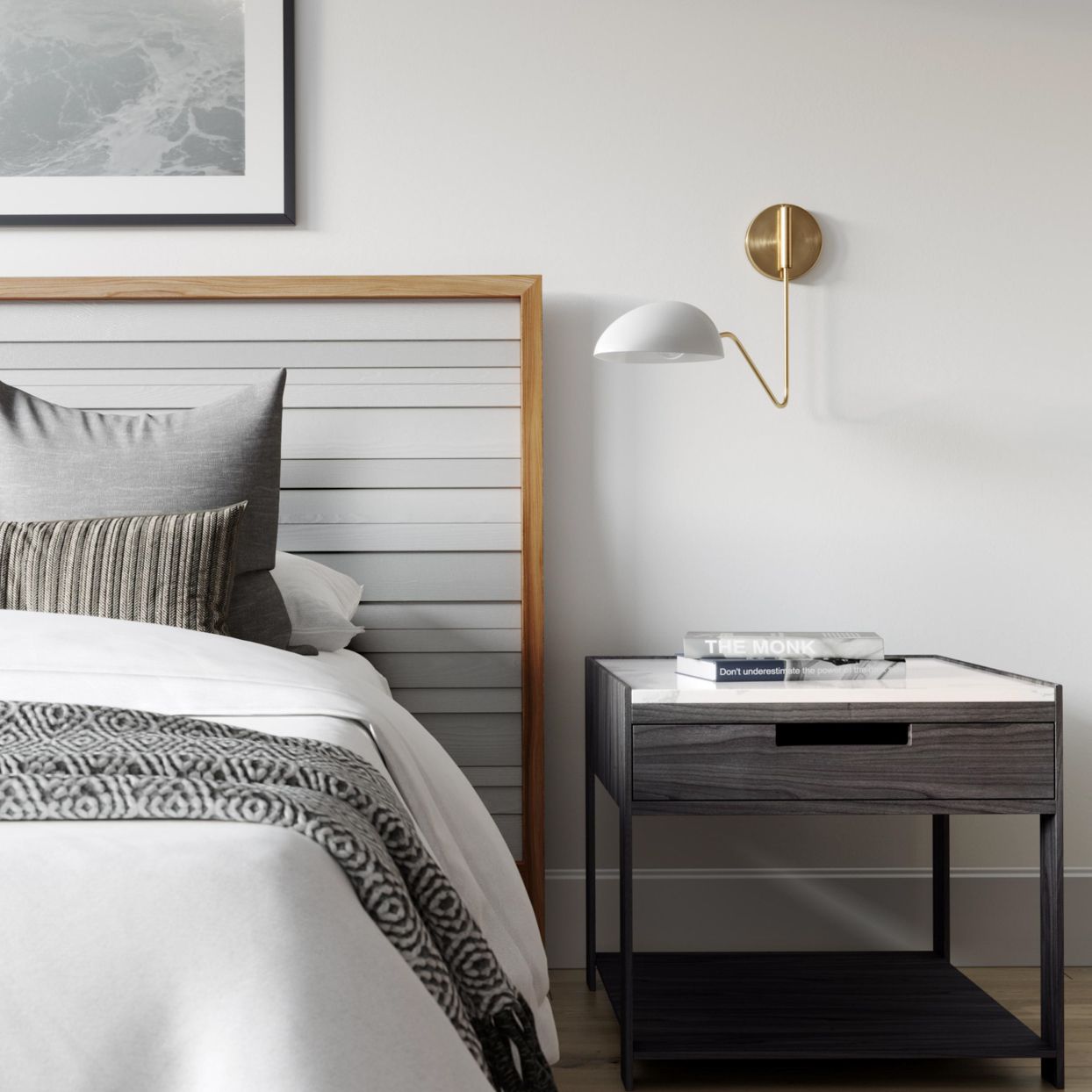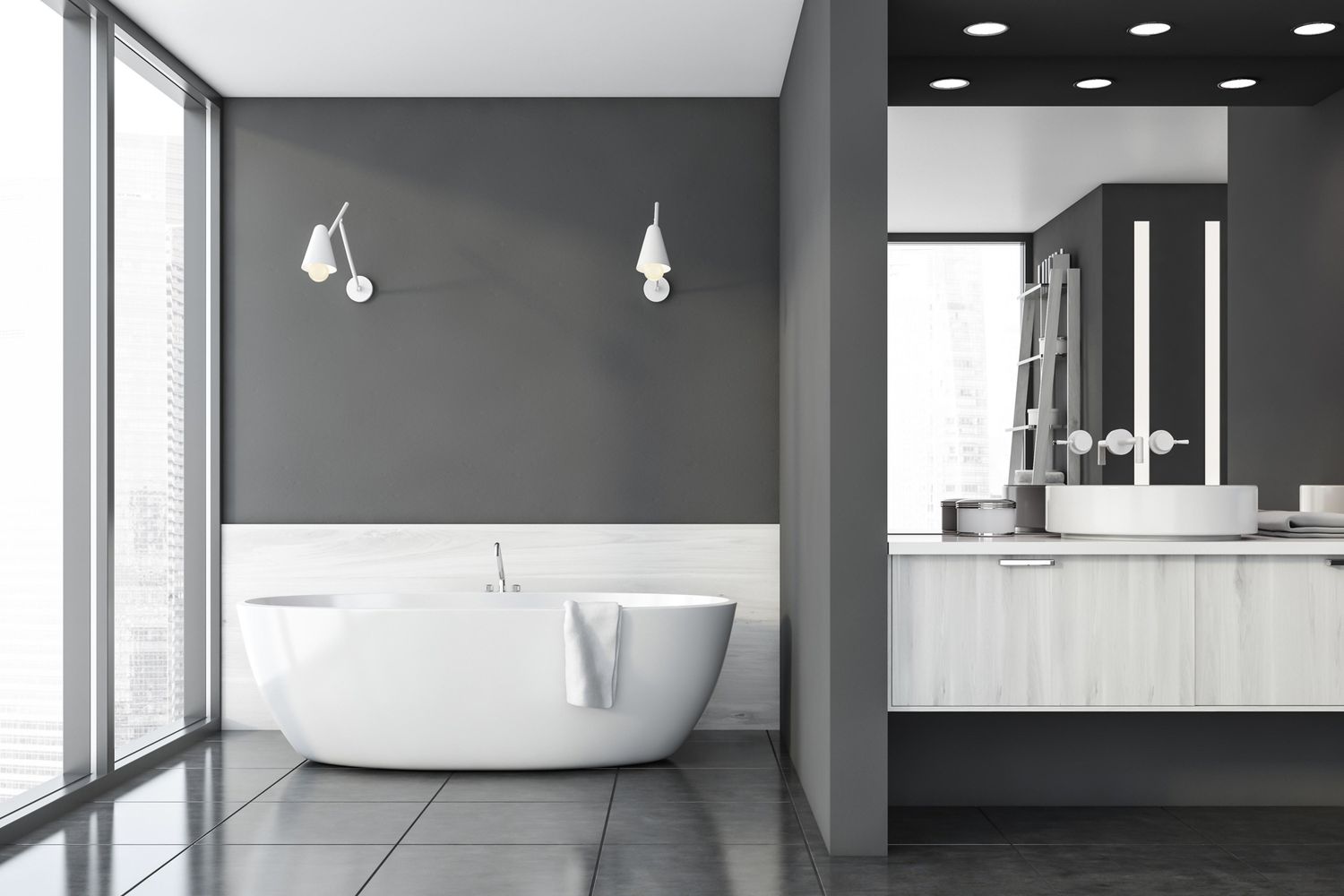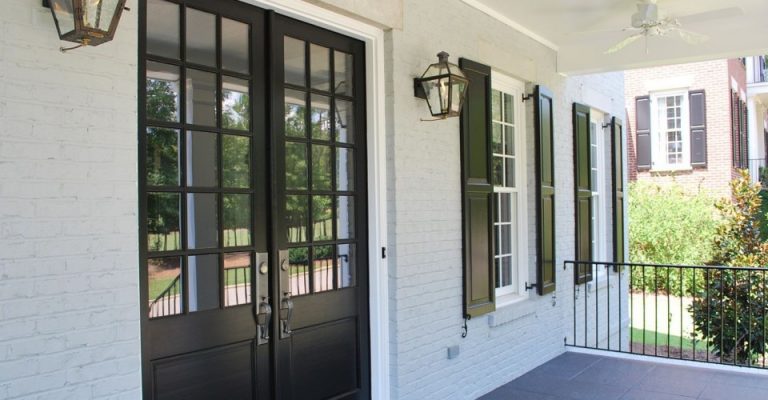The experts at the American Lighting Association shed light on the top styles and latest technology in lighting.
- Have any questions?
- 778-522-2225
- advancedrenosolution@gmail.com
6 Must-Try Lighting Trends for a Brighter, More Beautiful Home in 2021

Japandi-Style Paint Colors for a Calming Home
September 10, 2021Lighting is a key component in any room’s design, influencing how it looks, feels, and functions throughout the day. And as we continue to spend more time at our homes, it’s perhaps more important than ever. We turned to the experts at the American Lighting Association to discover what to expect from lighting in 2021 and beyond. These are the top lighting trends, including the latest styles and technology, that will brighten homes in the coming year.
1. Oversized Light Fixtures
In the past, many homeowners wanted lighting to blend in or disappear completely, but the current trend is toward larger fixtures. Greg Martin, creative director at Kichler, suspects that’s because of high ceilings and open floor plans. If you have a large farmhouse table or live in a converted warehouse, for example, a little chandelier doesn’t work. “In general, we are seeing lighting getting larger across the board,” he says. “Eight years ago, the average diameter of a five-light chandelier was 24 inches. Today it is closer to 28, and it is not uncommon for it to be 30 or more inches in diameter.”
Outdoors, though, “people are looking for scaled-down pieces to create cozy gathering spaces on porches or in covered seating areas,” says Tom Patterson, creative director at Quoizel. And unlike with indoor choices, people are less likely to take a risk, Martin adds.
2. Smart Bulbs
With a smart bulb comes new function, and homeowners are increasingly swapping out their standard bulbs as an easy entry point into smart home tech. “The adjustability of actual color temperature is only achieved through smart lighting,” says Kareen Stephens, Bulbrite director of brand management. “If you buy a regular bulb, you have to select one color temp.”
That new function is important as people are in their homes more often and rooms have multiple uses. Start with bright, cool white lighting to help keep you focused and alert. At dinnertime, dim and warm the lighting to give the same room a different feel. Warm it up further to mimic the sky at sunset, helping you wind down in the evening. Other benefits of smart bulbs include scheduling and remote on/off functionality. In most cases, you can just screw in the bulbs and set them up with a phone app.
3. Black and Brass Finishes
For lighting finishes, black and modern brass tones dominate, Lauren Lovett, Hinkley product director, says. The juxtaposition of rich darkness with metallic shine creates sophisticated, showstopping fixtures. This contrasting combo works especially well with the farmhouse and industrial styles that have been prominent for the past few years. “We are seeing them evolve and get more luxe and refined in their detailing and finishes,” Martin says.
4. Statement Bulbs
The popularity of the Edison bulb, with its sexy bare filament, has shown us that bulbs are not just functional. “Lightbulbs have become an extension of the fixture’s design, or in some cases the main focal point,” says Brian Brandes, senior vice president, product development, Satco|Nuvo. For a cool, vintage feel, pick a clear globe or an Edison bulb. Mix and match traditional fixtures with modern round bulb shapes. “Or use a tubular bulb for a candelabra to give it a fresh edge,” Colleen Visage, vice president of marketing, Progress Lighting, says. Try clear, seeded, or milky glass for diffuse or bright light. “Customize your lights and make them your own,” she says.
5. Dimmable Fixtures
The importance of dimmers in today’s homes cannot be overstated. “Everything should be on a dimmer,” architect and ALA training consultant Joe Rey-Barreau, AIA, IES, says. A dimmer changes the brightness of a bulb, helps save energy, and cuts glare. Any light can become a nightlight and offer a friendly ambience on a dark evening. With color-changing LEDs, the color temperature can automatically warm as the light dims. “For best results when choosing a dimmable LED, be sure to pair it with a dimmer model recommended by the lightbulb manufacturer,” says Dave Gatto, director of QC/Compliance, Westinghouse Lighting. A lighting professional at an ALA-member showroom can help you find the right dimmer.
6. Antiviral Lighting
The COVID-19 pandemic has placed a new focus on light’s ability to eliminate viruses and bacteria. Safe and effective are key words when germicidal lighting is the topic, says Terry McGowan, FIES, LC, director of engineering and technology for the American Lighting Association. Safety focuses on being sure no skin or eyes—neither humans’ nor pets’—are exposed to ultraviolet-C (UVC) light. “UVC light is invisible, so you don’t know if you’re being exposed or not,” McGowan says. Effectiveness is a combination of intensity (brightness) and time. “You want to irradiate air or a surface with UVC of the proper intensity and over enough time to expose the virus to a killing dose so it is deactivated and can no longer replicate,” he says.
Germicidal lighting can be safe and effective in the right applications, McGowan says, but it is not new technology. “It goes back a long time. Isaac Newton was aware of it.” Recent developments include LEDs that emit UVC light, “which is highly effective and superior to what we were able to accomplish with the older fluorescent UVC technology,” he says. Several new products incorporate UVC-emitting LEDs to clean indoor air safely and effectively in both residential and commercial settings.


